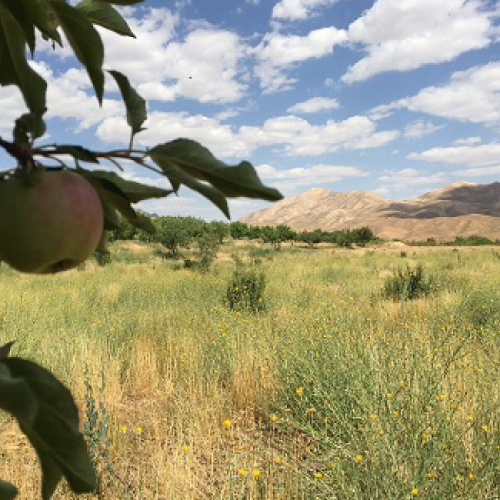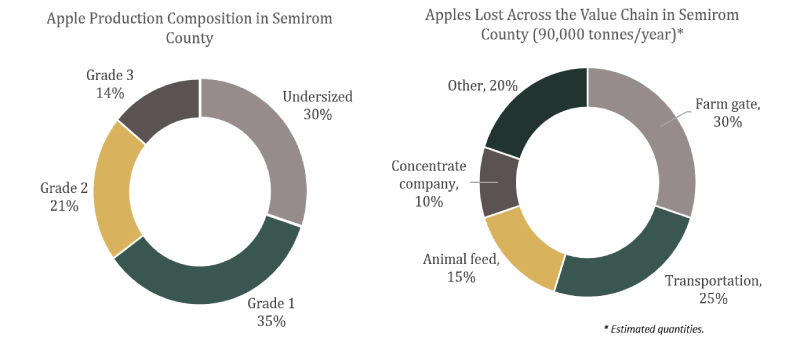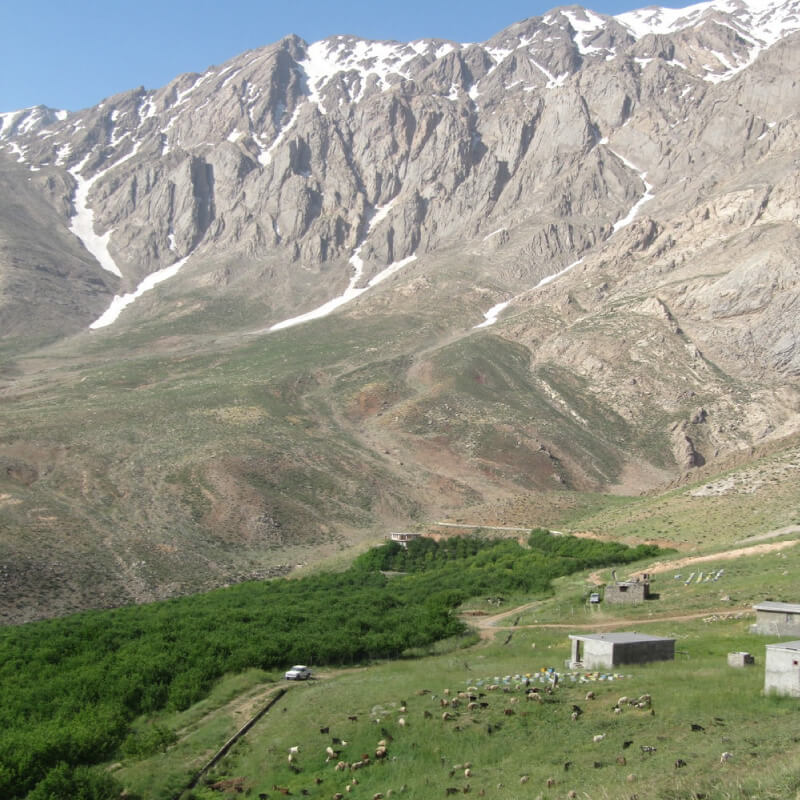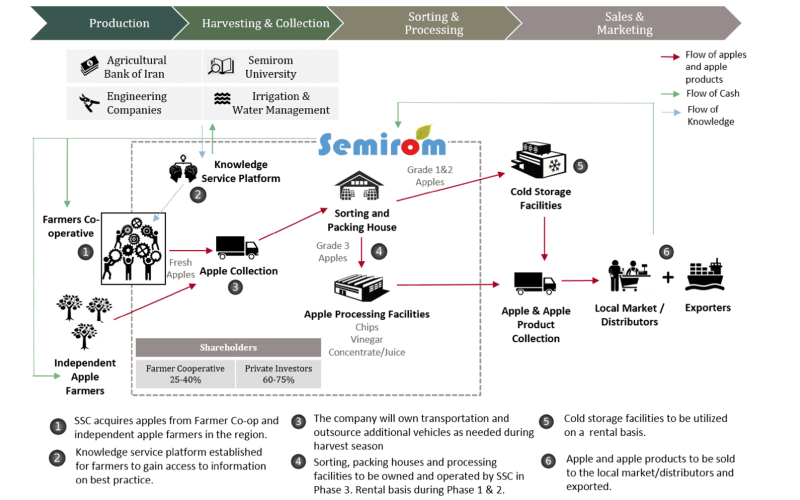Driving resource efficiencies is not the only benefit of improved organisation and management. Collective bargaining allows farmers to negotiate higher prices for their produce and lower prices for higher-quality inputs. Farmers spoke about their inability to negotiate better contracts from buyers like the Ajmandi Group who, to their credit, were open to new ways of restructuring the industry.
A farmer-centric organisation would also support the establishment of a regional agricultural brand, facilitating a premium price for Semirom apples in Iranian and global apple markets. Many advanced economies, such as the United States, France, and Japan, have well-known agricultural regions and associated consumer brands for their produce. Europe has even codified some of these brands into law: regions like Champagne or Gorgonzola may only be used as legal names for goods which are actually produced there; others are prohibited.
However, there are fewer brands associated with agricultural regions in the developing world, and such associations are often negative, such as China’s public issues with food safety. Quality control is essential to regional brand building, and collective organisation can ensure farms are achieving certain standards. Given that compliance is likely to be voluntary, the organisation must be accepted by local farmers, who need to see real and clear benefits.
Finally, it is expected that such organisation can achieve scale while preserving individual ownership of farms. When local farmers own their property, they have more control over what they produce and how they operate. Property is also an asset that allows small farmers to withstand economic fluctuations, allowing them to weather occasional bad harvests or low prices.
Merely consolidating land, a common practice in much modern agriculture, turns farmers into employees. They lose the ability to decide what to grow and how to grow it, and to develop their own agricultural expertise. As employees, they are also more susceptible to the vagaries of the business cycle and commodity markets. The fact that most farm labour is seasonal, if not day-by-day, points to the transient nature of employment on plantation-style farming.





































